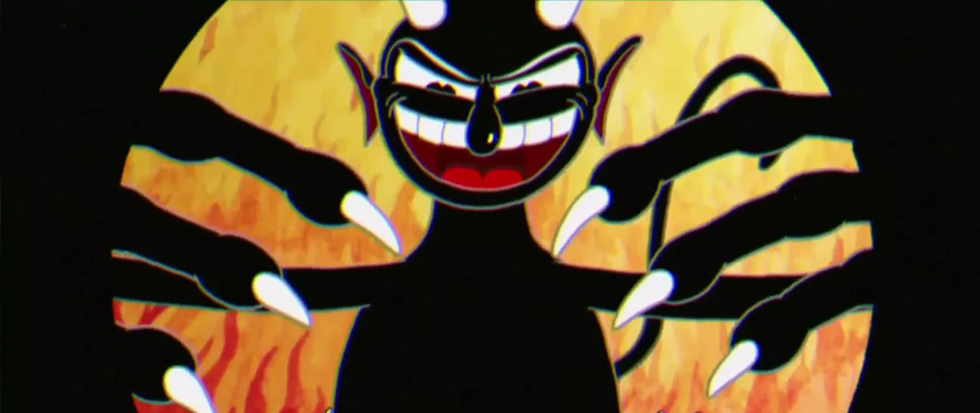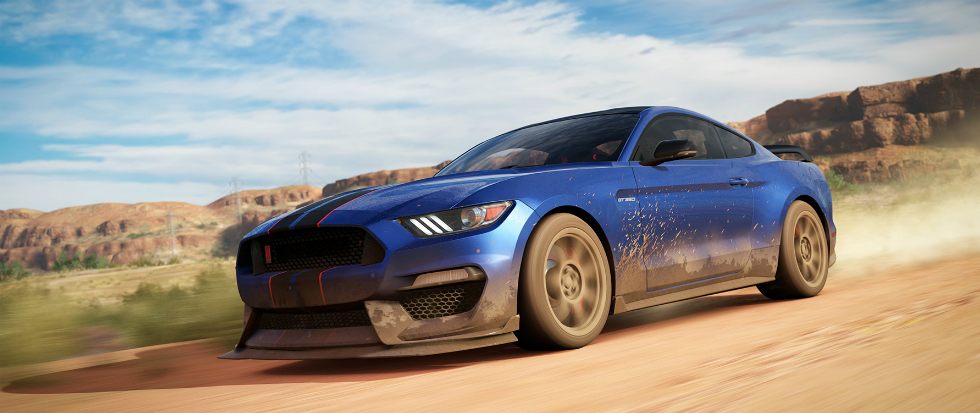
Cuphead’s Difficulty Undermines its Aesthetic
Cuphead is a game that very much wants you to look at it. Studio MDHR has hand-crafted an absolutely gorgeous adventure that is like nothing else in the gaming landscape, and it just begs for you to, if you’ll excuse the pun, drink it in. The fluid animation and well-designed bosses call to mind cartoons of the 30s and 40s, which is pioneering in a very exciting way. This old-school-style animation has made Cuphead one of my favorite games to look at, which makes it sting all the more that the game’s difficulty seems to be actively working against that sentiment.
Cuphead is a difficult game. It’s rare when the screen is not filled to the brim with all manner of objects to dodge, including spell-flinging magicians, bullet-spewing djinn hats, two frogs that turn into a slot machine for some reason, hostile confections, and more. It’s a trying–albeit gorgeous–test of reflexes, a beautiful hellscape. There’s precious little time to admire the product of the small development team’s labor when you’re frantically jumping and dashing your way out of danger.
Purists will tell you that the game simply requires patience and repeat plays, that nothing the game throws at you in impassable given a little dedication and elbow grease. They’ll whip out the old Dark Souls adage and tell you to “git gud.” The game gives you all the tools to beat it, they’ll say. There’s no luck, just carefully balanced level design. But I’m here to tell you that it’s a crock of shit. Where Dark Souls is methodical and carefully paced, Cuphead is frenzied and overwhelming. Souls uses moments of calm to its advantage, making the intense boss fights more intense by comparison, where Cuphead is a non-stop deluge of bullet hell nonsense.

Contrary to popular opinion, there is a fair amount of RNG present in Cuphead as well. For example, in the first phase of the Baroness von Bon Bon fight, you face three randomly determined sub-bosses, and in the Djinn fight, there are several potential scenarios, more than one offering up randomly fired projectiles. There are instances of randomness in the run ‘n’ gun levels as well, which only adds to the cocktail of frustration and cheap deaths. As a result, the screen essentially narrows to a small Cuphead-sized window as you attempt to focus on not dying, which leaves you with precious little time to truly appreciate how beautiful the game is.
Reading through this, it sounds like I am disparaging games that are difficult and include elements of randomness. This is not the case at all; I count the Souls series among my favorite games, and am known to indulge in dice-rolling during tabletop games. The difference with Cuphead is that it’s a game that shines brightest when you are able to really take in the aesthetic. The art style was basically the biggest selling point for the game–and rightly so–but the tough-as-nails gameplay undermines it in such a way that I’m worried it will alienate many players, which is something Studio MDHR cannot afford given the unforgiving nature of indie development.
Luckily, Cuphead has sold well in its first weeks, thanks in no small part to the art style I’m sure. Hopefully the positive sales inspire other dev teams to look to other media for inspiration the way MDHR looked to retro cartoons. For now though, I will enjoy Cuphead despite wishing that the aesthetic was in a different game, something that allows for a more relaxed and casual experience.




